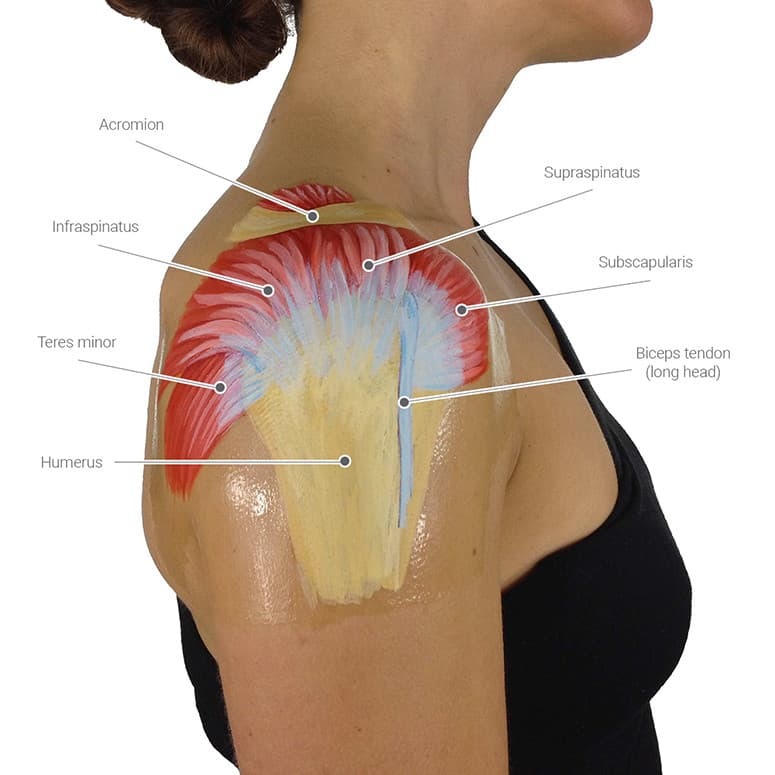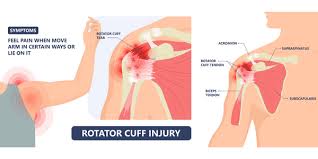Shoulder and arm injuries
Getting a Shoulder Pain VA Rating
If you injured your shoulder in the military or had an existing injury that worsened because of service, you may be eligible for VA disability compensation. This post explains the shoulder VA rating.
The rigors of military service, like heavy lifting, repetitive motions, and physical training are catching up with you. You experience a lot of shoulder pain, and doctors say you may need to have surgery to repair the issue. You’ll want to understand the VA rating for shoulder pain and arm injuries and what disability benefits you may qualify for.


Arm and shoulder pain issues in veterans
Shoulders and arms get a ton of use during military training and service, which makes them prone to chronic pain and injuries of various types.
Whether the cause of the injury is frequent lifting, carrying heavy objects, or an accident, the VA recognizes that veterans may develop certain types of injuries to their shoulders or arms. These include:
These conditions may cause a veteran to develop arthritis, lose part of the range of motion in their arm, or need a shoulder replacement or amputation.
If any of these injuries result from or are worsened by military service, the VA may provide the veteran with disability benefits.
Shoulder Pain VA rating
The VA rates shoulder and arm issues using diagnostic code 5200-5203 in the musculoskeletal section of the Schedule of Ratings. The rating depends on the bone where the injury is located and how much it impacts movement.
To understand the different parts of the shoulder, see the diagram below:
Ankylosis of scapulohumeral articulation
Ankylosis is when a joint is abnormally stiff or immobile, and the scapulohumeral articulation is where the scapula and the humerus connect. So, if you experience stiffness and immobility in that part of your shoulder, it will be rated using diagnostic code 5200. The rating is as follows.
Description |
VA Rating |
Monthly Payment
|
|---|---|---|
Unfavorable, abduction limited to 25° from side |
50% / 40% |
$1,102.04 / $774.16 |
Intermediate between favorable and unfavorable |
40% / 30% |
$774.16 / $537.42 |
Favorable, abduction to 60°, can reach mouth and head |
30% / 20% |
$537.42 / $346.95 |
Major is your dominant side. Minor is the opposite side. For example, if you are right-handed and have pain in your right arm or shoulder, that’s considered your “major” side.
Limitation of arm motion VA rating
Some shoulder injuries may leave you with a limited range of motion in your arm. This limitation can make it difficult to complete simple daily tasks, such as reaching for something in an upper cabinet or washing your hair.
The VA rates shoulder injuries that limit motion with diagnostic code 5201. The rating is as follows.
Description |
VA Rating |
Monthly Payment
|
|---|---|---|
Flexion and/or abduction limited to 25° from side |
40% / 30% |
$774.16 / $537.42 |
Midway between side and shoulder level (flexion and/or abduction limited to 45°) |
30% / 20% |
$537.42 / $346.95 |
At shoulder level (flexion and/or abduction limited to 90°) |
20% / 20% |
$346.95 |
Impairment of the humerus
Injury can damage the humerus bone in your upper arm in multiple ways. The VA rates impairment of the humerus with diagnostic code 5202 as follows.
Description |
VA Rating |
Monthly Payment
|
|---|---|---|
Loss of head of (flail shoulder) |
80% / 70% |
$2,044.89 / $1,759.19 |
Nonunion of (false flail joint) |
60% / 50% |
$1,395.93 / $1,102.04 |
Fibrous union of |
50% / 40% |
$1,102.04 / $774.16 |
Recurrent dislocation of at scapulohumeral joint: |
||
With frequent episodes and guarding of all arm movements |
30% / 20% |
$537.42 / $346.95 |
With infrequent episodes and guarding of movement only at shoulder level (flexion and/or abduction at 90 °) |
20% / 20% |
$346.95 |
Malunion of the humerus: |
||
Marked deformity |
30% / 20% |
$537.42 / $346.95 |
Moderate deformity |
20% / 20% |
$346.95 |
Malunion of the humerus is when a fracture in the bone in your upper arm heals incorrectly, and the bones become misaligned.
Impairment of the clavicle or scapula
Impairment of the clavicle or scapula is essentially damage to the shoulder blade. The VA rates shoulder blade damage with diagnostic code 5203 as follows.
Description |
VA Rating |
Monthly Payment
|
|---|---|---|
Dislocation of |
20% / 20% |
$346.95 |
Nonunion with loose movement |
20% / 20% |
$346.95 |
Nonunion without loose movement |
10% / 10% |
$175.51 |
Malunion of |
10% / 10% |
$175.51 |
Nonunion is when a fracture refuses to heal, typically because of a lack of stability or proper blood flow.
VA rating for shoulder pain caused by muscle injuries
The VA rates muscular injuries to the shoulder or arms based on diagnostic codes 5301-5306. These injuries are rated in groups, depending on the limitation of motion, severity, and whether the injury affects the dominant or nondominant arm.
For example, diagnostic code 5301 rates Group I. This group is responsible for the upward rotation of the scapula to elevate the arm above the shoulder. It impacts the trapezius (a large, triangular muscle that starts at the base of your neck and extends to your back), levator scapulae (a large muscle on the side of the neck), and/or serratus magnus (a muscle on the back walls of the ribs). The rating looks like this:
Description |
VA Rating |
Monthly Payment
|
|---|---|---|
Severe |
Dominant: 40%
|
$774.16 / $537.42 |
Moderately Severe |
Dominant: 30%
|
$537.42 / $346.95 |
Moderate |
Dominant: 10%
|
$175.51 / $175.51 |
Slight |
Dominant: 0%
|
None |
If you have some residual weakness, pain, or limitation of motion, the VA rates the shoulder using diagnostic codes 5200 and 5203.
VA disability rating after shoulder surgery
If you injure the bones in your shoulder badly enough, you may need a shoulder replacement or other surgery.
If you have a shoulder replacement, the VA will place you on 100% disability for the first year after the surgery. After the first year, your level of functioning will be reassessed, and the VA will assign a new rating based on any residuals.
The VA rates shoulder replacement with diagnostic code 5051. The rating is as follows.
Description |
VA Rating |
Monthly Payment
|
|---|---|---|
With chronic residuals consisting of severe, painful motion or weakness in the affected extremity |
60% / 50% |
$1,395.93 / $1,102.04 |
Minimum rating |
30% / 20% |
$537.42 / $346.95 |
Nonunion is when a fracture refuses to heal, typically because of a lack of stability or proper blood flow.
TDIU for arm and shoulder pain
In some cases, a veteran may be awarded total disability based on individual unemployability (TDIU) for their arm or shoulder conditions. Veterans are eligible for these benefits if they can’t maintain substantially gainful employment due to their service-connected conditions.
Pain and limitation of motion in the shoulders and arms can be uncomfortable and burdensome. In some cases, your condition may affect your ability to complete simple tasks at work, such as carrying heavy things or working on an assembly line. It can even affect your ability to perform repetitive sedentary movements like filing papers or typing at a computer.
Veterans who receive TDIU benefits are compensated at the same level as those with a 100% disability rating, even though their combined rating is below 100%.
Veterans will typically be eligible for TDIU if they have:
1
At least one service-connected disability rated at 60% or more disabling OR
2
Two or more service-connected disabilities with at least one rated at 40% or more disabling and a combined rating of 70% or more
How VA can help
Our VA-accredited attorneys have helped thousands of veterans nationwide who can no longer work because of their service-connected conditions. Call us today for your free, confidential TDIU case evaluation. You won’t pay us unless we win your claim.

